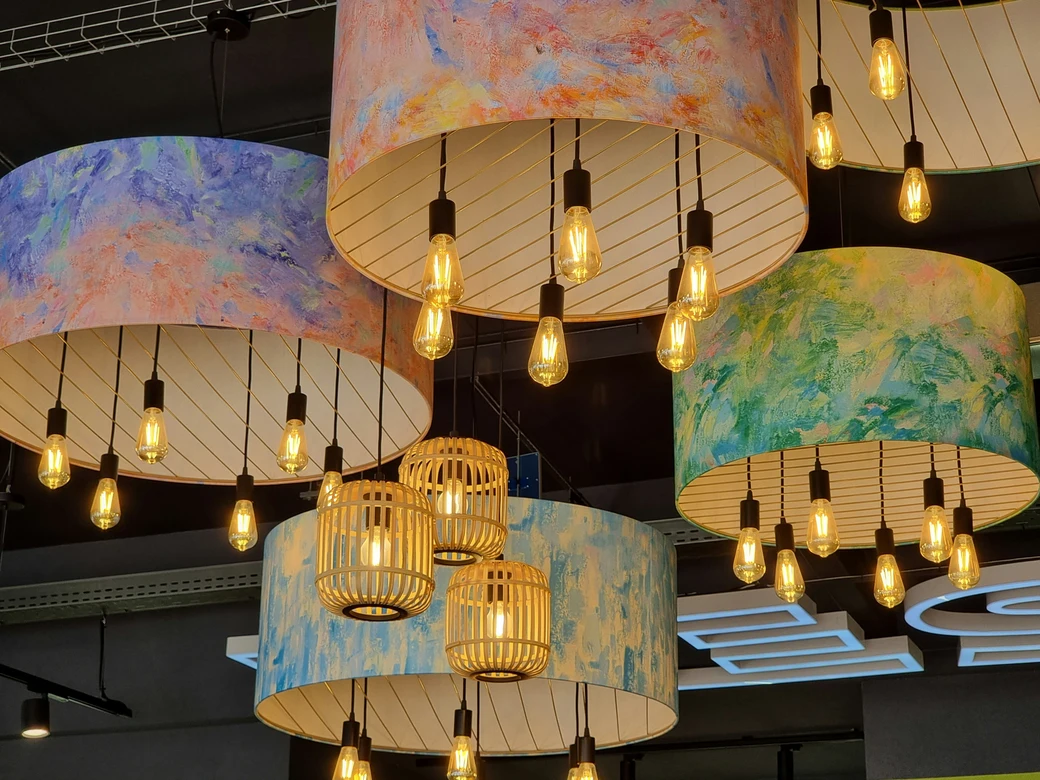Color isn’t just about aesthetics—it’s a psychological tool that shapes how you feel in a space. In living room design, color can impact mood, energy, and even how large or cozy your space feels.
Choosing the right living room color means going beyond what’s trendy. It’s about aligning your color palette with how you want your space to feel and function. In this post, we’ll break down the psychology behind key color families and how to use them effectively in your living room.

1. Neutral Colors: Calm, Clean, and Versatile
Neutrals remain the top choice in modern interiors because they create a calm foundation that suits any style.
Popular options include:
- Soft whites for openness and clarity,
- Beige and greige tones for warmth and sophistication,
- Cool grays for a clean, urban look,
- Charcoal or taupe for depth without heaviness.
A neutral living room color palette supports flexibility—it allows you to easily switch up decor and layer in textures or accents.
2. Warm Colors: Inviting and Energizing
Warm hues naturally evoke comfort and connection. These tones are great for making large or impersonal spaces feel grounded and welcoming.
Best warm shades include:
- Terracotta or clay for an earthy, grounded vibe,
- Muted gold or ochre for elegance and warmth,
- Peachy beige for softness and friendliness,
- Rust or burnt orange for vintage-inspired coziness.
When used intentionally, warm colors make your living room color scheme feel inviting and full of personality.
3. Cool Colors: Peaceful and Spacious
Cool tones are known for their ability to create calm and visually expand a space. These are ideal if you want your living room to feel relaxed and airy.
Top cool tones include:
- Sky or powder blue for freshness and openness,
- Sage or soft green for nature-inspired calm,
- Muted teal or seafoam for a modern coastal vibe,
- Pale lavender or cool gray-blue for serenity.
A cool-toned living room color can help ease overstimulation and support a peaceful mindset.
4. Dark Colors: Sophisticated and Moody
Dark hues can feel dramatic, grounding, and intimate—but they must be used strategically.
Rich, moody shades to try:
- Navy or deep indigo for timeless elegance,
- Forest green for luxury and depth,
- Charcoal or ink black for a bold, modern edge,
- Wine or eggplant for warmth and richness.
Use darker living room color elements on an accent wall, behind a sofa, or in layered textiles. They work best when paired with lighter contrasts and ample lighting.
5. Accent Colors: Personality Without Overwhelm
If you’re not ready to fully commit to a bold hue, use accent colors in small, impactful doses.
Accent ideas include:
- Cushions, throws, or rugs in a vibrant tone,
- Wall art or statement pieces in complementary shades,
- Side tables or lamps in unexpected colors,
- Painted door frames or alcoves for subtle drama.
Even a single splash of color can shift the energy of your living room color story without overwhelming it.
6. Color Combinations That Work
Combining colors successfully is about balance. Pair warm with cool, dark with light, matte with shine.
Effective combinations include:
- White, sage, and natural wood for a Scandinavian vibe,
- Charcoal, blush, and brass for cozy elegance,
- Terracotta, ivory, and deep green for earthy warmth,
- Sky blue, beige, and gold for soft sophistication.
Choose a dominant living room color, a secondary shade, and an accent tone for visual harmony.
7. Lighting Changes Everything
Your color choice is only as good as the light around it. Natural light, bulb temperature, and time of day all affect how a color reads.
Tips to test and adjust:
- Always sample paint on multiple walls,
- Observe colors at different times of day,
- Use warm bulbs for evening coziness,
- Use mirrors or sheer curtains to maximize daylight.
Lighting either amplifies or neutralizes your living room color—don’t skip this step.
Final Thoughts
The right living room color is more than just pretty—it’s powerful. It influences how you feel, how you use your space, and how connected it feels to the rest of your home.
By understanding the psychology behind each shade, you can create a living room that not only looks modern, but supports your lifestyle and emotions. Whether you prefer warm, cool, dark, or bright tones, the best palette is the one that brings out your best self.
Start with intention, sample smart, and let your living room become your personal sanctuary—through color.
Ready to transform your space with the power of color?
Start your design journey by exploring more color-focused tips on Designs24hr. Check out our Living Spaces category for expert advice on mood-enhancing palettes, color psychology, and stylish combinations that breathe life into your home.







